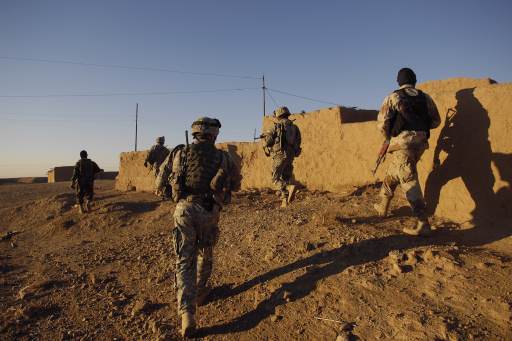Budget pressures that have proven greater than anticipated mean the Defense Department will trim end strength in its ground forces beginning in four years, Defense Secretary Robert M. Gates said today.
“Under this plan, the U.S. Army’s permanent active-duty end strength would decline by 27,000 troops, while the Marine Corps would decline by somewhere between [15,000] and 20,000, depending on the outcome of their force structure review,” Gates said.
The secretary and Navy Adm. Mike Mullen, chairman of the Joint Chiefs of Staff, spoke to reporters at the Pentagon on the results of defense efficiencies initiatives begun in May to trim support costs and ensure funding for military modernization.
“The projected reductions are based on an assumption that America’s ground combat commitment in Afghanistan would be significantly reduced by the end of 2014, in accordance with the president’s strategy,” Gates said. The Army also will lose the 22,000 troops it added in a temporary end-strength increase approved in July 2009, he added.
“Ever since taking this post, now more than four years ago, I have called for protecting force structure and for maintaining modest, but real, growth in the defense topline over the long term,” Gates said. “I would prefer that this continue to be the case, but this country’s dire fiscal situation and the threat it poses to American influence and credibility around the world will only get worse unless the U.S. government … gets its finances in order.”
Gates said even after force reduction, both services would remain larger than they had been when he became secretary — the Army almost 40,000 troops larger, and the Marine Corps anywhere from 7,000 to 12,000 troops larger.
Both services support the decision, the secretary said, noting Marine Corps leaders have spoken of trimming back the increases their force structure has seen in recent years.
“I think [the Marines] see this as … more of an organic process within the Marine Corps in terms of their priorities and their needs,” Gates said. “In the case of the Army, this is a situation where the Army is supportive of this decision. I think … that support derives from understanding the importance of this in terms of their other priorities, as well.”










